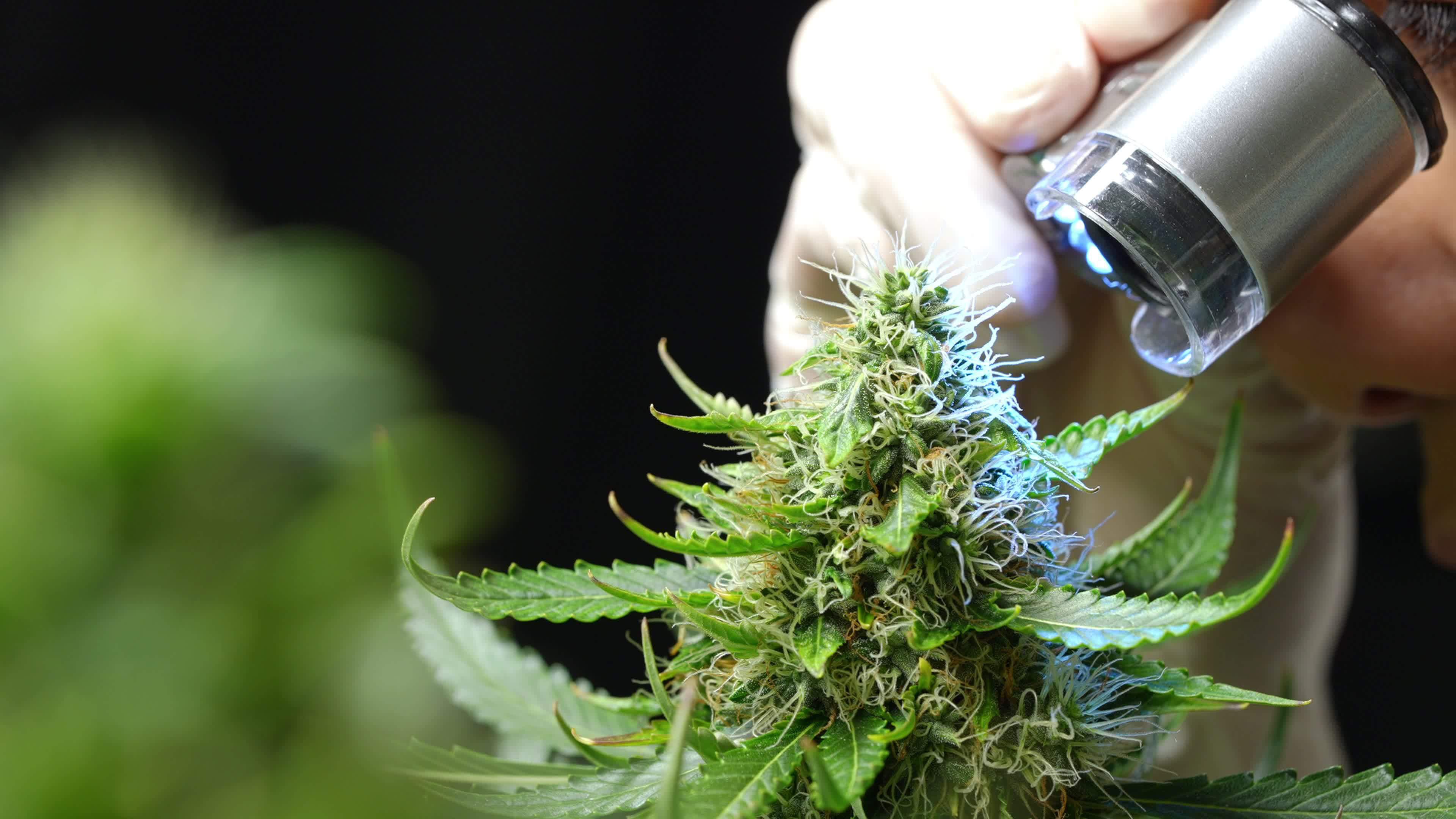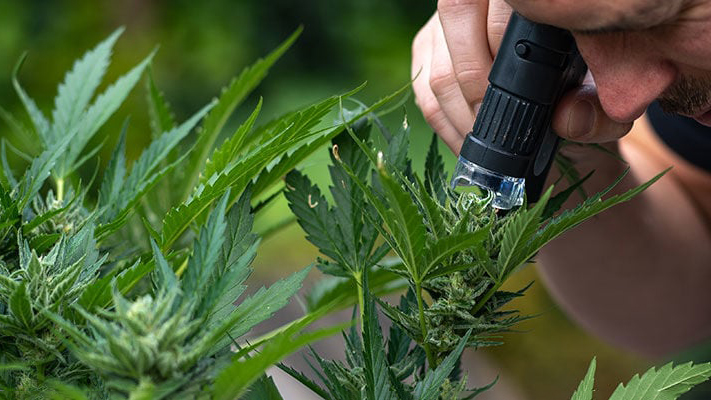There seems to be nothing in your cart.
Didn't find what you were looking for? Contact our consultant.
To save your shopping cart until your next visit, create an account or register .
Browse our Hits sales
There seems to be nothing in your cart.
Didn't find what you were looking for? Contact our consultant.
To save your shopping cart until your next visit, create an account or register .
Browse our Hits sales

In the world of cannabis, experienced growers strive to continually improve their methods. The efficiency and quality of the harvest depends not only on superficial attention to the plants, but also on a deep understanding of their inner workings. In this article, we will look at why the microscope is becoming an essential tool for experienced growers.
In the field of cannabis growing, where even the smallest details can affect the final result, the use of modern tools becomes a necessity. The microscope is one such tool that goes beyond the usual inventory solutions to become an indispensable asset in the arsenal of experienced growers.
When it comes to successfully growing cannabis, experienced growers are increasingly recognizing the importance of using a microscope. This tool plays a crucial role in the plant care process, providing unique opportunities to better understand and monitor the condition of the plants.
First and foremost, microscopes allow growers to study plant structure in greater detail. At the microscopic level, the cellular structure of leaves, stems and roots becomes visible, helping to identify potential problems and growth disorders at the earliest stages.
One of the keys is the microscope's ability to help determine plant maturity. By analyzing trichomes on buds and leaves, growers can pinpoint the optimal time to harvest.
Furthermore, microscopes play an important role in detecting early signs of disease and the presence of pests. By allowing rapid response to problems, microscopes help reduce the risk of crop loss due to disease and insects.
Thus, the role of the microscope becomes invaluable. It provides growers with a tool to better understand plant conditions and make informed decisions, which in turn leads to improved efficiency and crop quality. In the following sections, we will look at how the use of the microscope in specific scenarios can bring real benefits to experienced growers.

High quality cannabis seeds are the first and most important step in successful growing. The microscope becomes an indispensable tool in assessing seed quality. Through its use, the grower can examine the structure of the seeds, assess their integrity and determine if there are any defects or damage.
At later stages, when the seeds are germinating, the microscope allows the grower to follow the first stages of growth. Analyzing the root system and the emergence of the first leaves under the microscope can determine the health of the plant and identify possible problems, such as nutrient deficiencies or improper watering.
However, using a microscope at these stages is not only limited to diagnosing problems, but also creates an opportunity for early intervention. The grower can adjust the grovelling conditions to provide optimal parameters for healthy plant development. This is important to give plants a strong start and reduce the risk of various problems in later growth phases.
Thus, the use of the microscope during the seed evaluation phase and early growth stages allows experienced growers to establish a healthy foundation for future crops. Regular observations and interventions during this period can significantly increase the chances of a successful and quality crop.
In the early stages of cannabis development, microscopic examination of trichomes can accurately determine the sex of the plant. Male plants usually have tiny, palmate trichomes, while female plants have larger trichomes that resemble small buds. Determining the sex of plants early allows the grower to avoid unwanted fertilization and ensures a higher quality crop.
The microscope also helps growers track when plants begin to show sexual characteristics, which is important for crop planning and management. This makes it possible to isolate and preserve only female plants, which contributes to better and more balanced cannabinoid yields.
Thus, the use of a microscope to determine the sex of plants is a key step in the cannabis growing process. This tool allows growers to make informed decisions and create the conditions to maximize productivity and crop quality.

In the fight for a healthy and quality cannabis crop, growers face the challenge of maintaining an optimal environment for plant growth. This is where the microscope becomes an indispensable tool for detecting parasites and diseases in their early stages, which in turn helps to combat these problems more effectively.
Under the microscope, the grower can examine leaves, stems and buds in detail, identifying various signs of pests or fungal infections. This allows the grover to react quickly to problems, preventing them from spreading throughout the crop.
Detecting parasites and diseases early on allows growers to take preventative measures, such as applying appropriate medications or correcting growing conditions. This can significantly reduce the risk of crop loss and improve the overall health of the cannabis crop.
The microscope also helps growers to evaluate the effectiveness of parasite and disease control measures in a traceable way, allowing them to quickly adjust strategies. In this way, incorporating the microscope into the cannabis growing process becomes a key element in preventing and controlling potential threats, ensuring a healthier and more sustainable crop.
The use of the microscope leads to a better understanding of plants, which in turn contributes to improved quality and yield. This tool becomes a key component in optimizing growing conditions and achieving the maximum potential of each plant.
Detailed examination of plant structure under the microscope allows growers to follow the processes of photosynthesis, transpiration and nutrient absorption. This is important to ensure optimal growth conditions and maximum nutrient uptake by plants.
The microscope also provides the opportunity to observe the development of the root system. Healthy and branched roots promote better absorption of moisture and nutrients, which in turn affects the overall yield.
Determining the optimal time to harvest under the microscope allows growers to maximize the concentration of cannabinoids and terpenes, which has a direct impact on crop quality. These detailed observations ensure that plants can be harvested in the most appropriate condition for optimal effect.
In summary, the use of a microscope not only provides information on the current state of the plants, but also helps growers to actively influence the growth and development processes. This is a key factor in improving quality and yield, making the use of a microscope an integral part of the arsenal of experienced growers.
